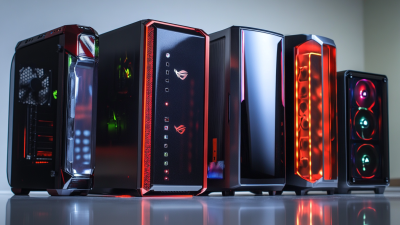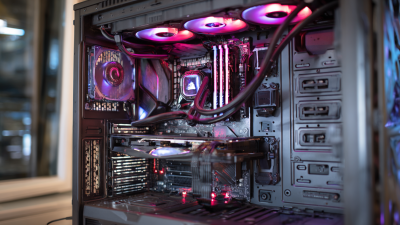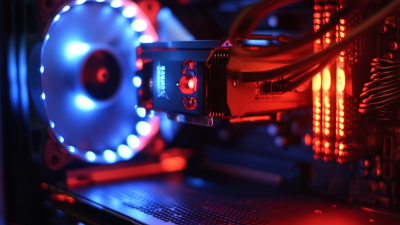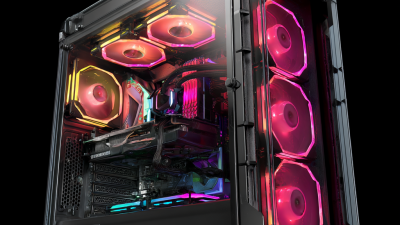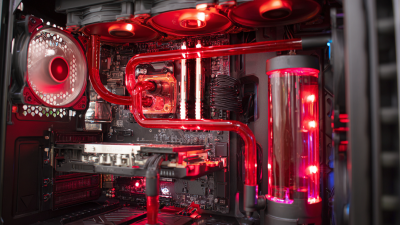Leave Your Message
- Phone
- E-mail
- Whatsapp


In today's rapidly evolving tech landscape, selecting the right computer case is more critical than ever. With the global computer case market projected to reach approximately $4.5 billion by 2026, driven by the surging demand for gaming PCs and custom setups, consumers must be well-informed when making their choices. Computer cases are not merely shells for hardware; they play a vital role in cooling performance, airflow management, and overall aesthetics of a build. According to recent industry insights, factors such as material quality, size, and compatibility with components significantly influence user satisfaction and system longevity. This guide aims to delve deep into the key factors that should be considered when choosing the perfect computer case, helping both gamers and professionals optimize their configurations while navigating the ever-expanding market options.
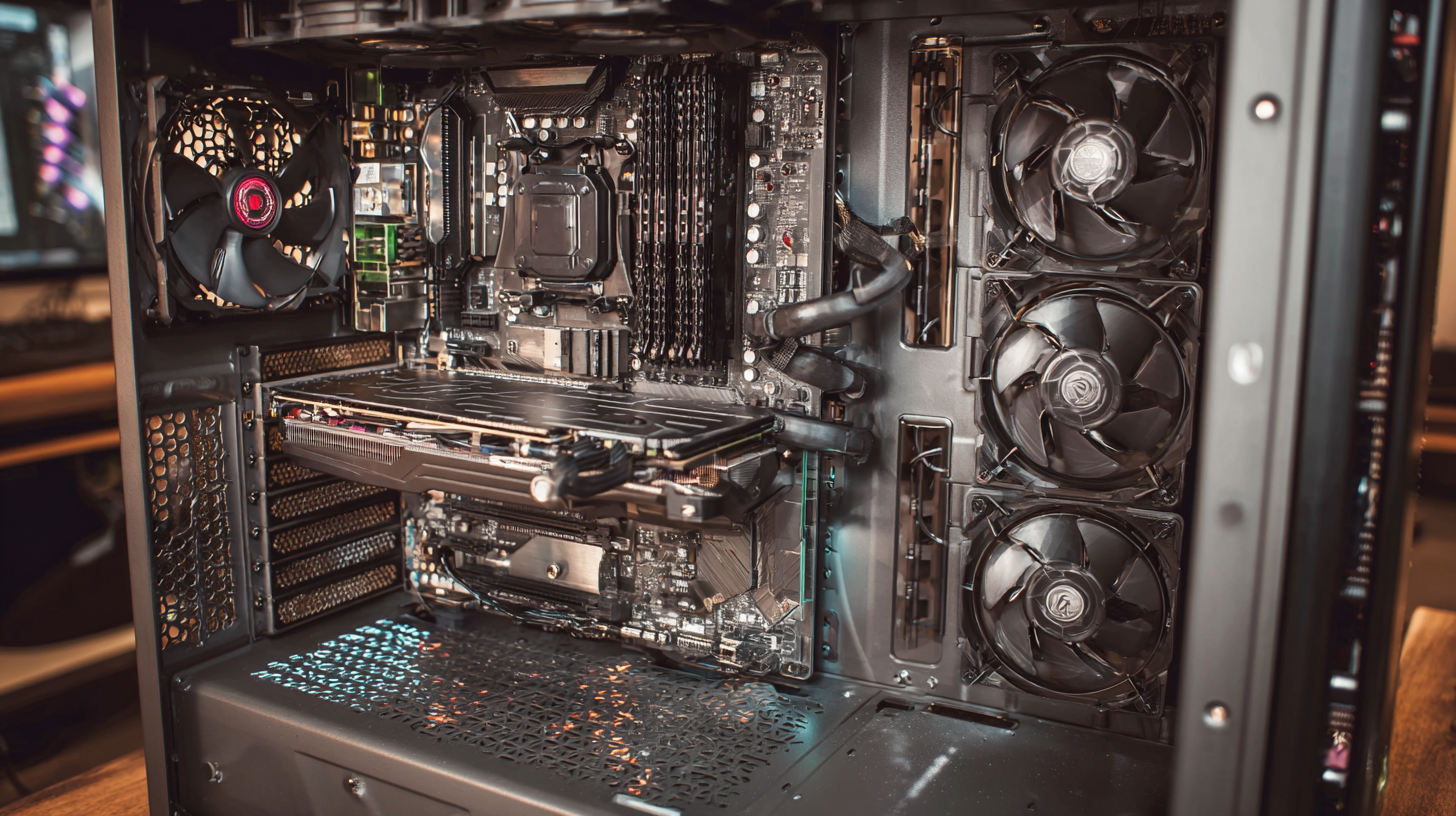
When choosing the perfect computer case, understanding your needs regarding size and form factor is crucial. The dimensions of your computer case will significantly influence your build, affecting everything from airflow to the components you can fit inside. For gaming enthusiasts or professionals who require high-performance hardware, a larger case may be necessary to accommodate powerful graphics cards and cooling systems. Conversely, if space is a limiting factor, opting for a compact model like a Mini-ITX case could be ideal while still providing excellent performance.
It's essential to familiarize yourself with various motherboard sizes, such as ATX, microATX, and Mini-ITX, as these will dictate the type of cases available for your setup. Each form factor has its advantages and disadvantages; for instance, Micro-ATX cases often strike a balance between expandability and compactness, making them popular among builders. Before making a decision, consider not just the hardware you plan to install but also future upgrades and cooling options that enhance performance and longevity. Taking the time to understand your specific requirements can lead to a more satisfying PC building experience.
When selecting a computer case, the materials used in its construction play a crucial role in determining overall build quality, aesthetics, and thermal performance. Cases made from aluminum or tempered glass often exude a premium feel and look, appealing to users who prioritize design. Aluminum not only offers a lightweight solution but also boasts excellent durability and resistance to corrosion. On the other hand, tempered glass provides a stunning visual showcase of your hardware while adding to the overall weight of the case. However, it’s essential to consider that glass cases may require more attention in terms of dust management, as they tend to show fingerprints and smudges more easily.
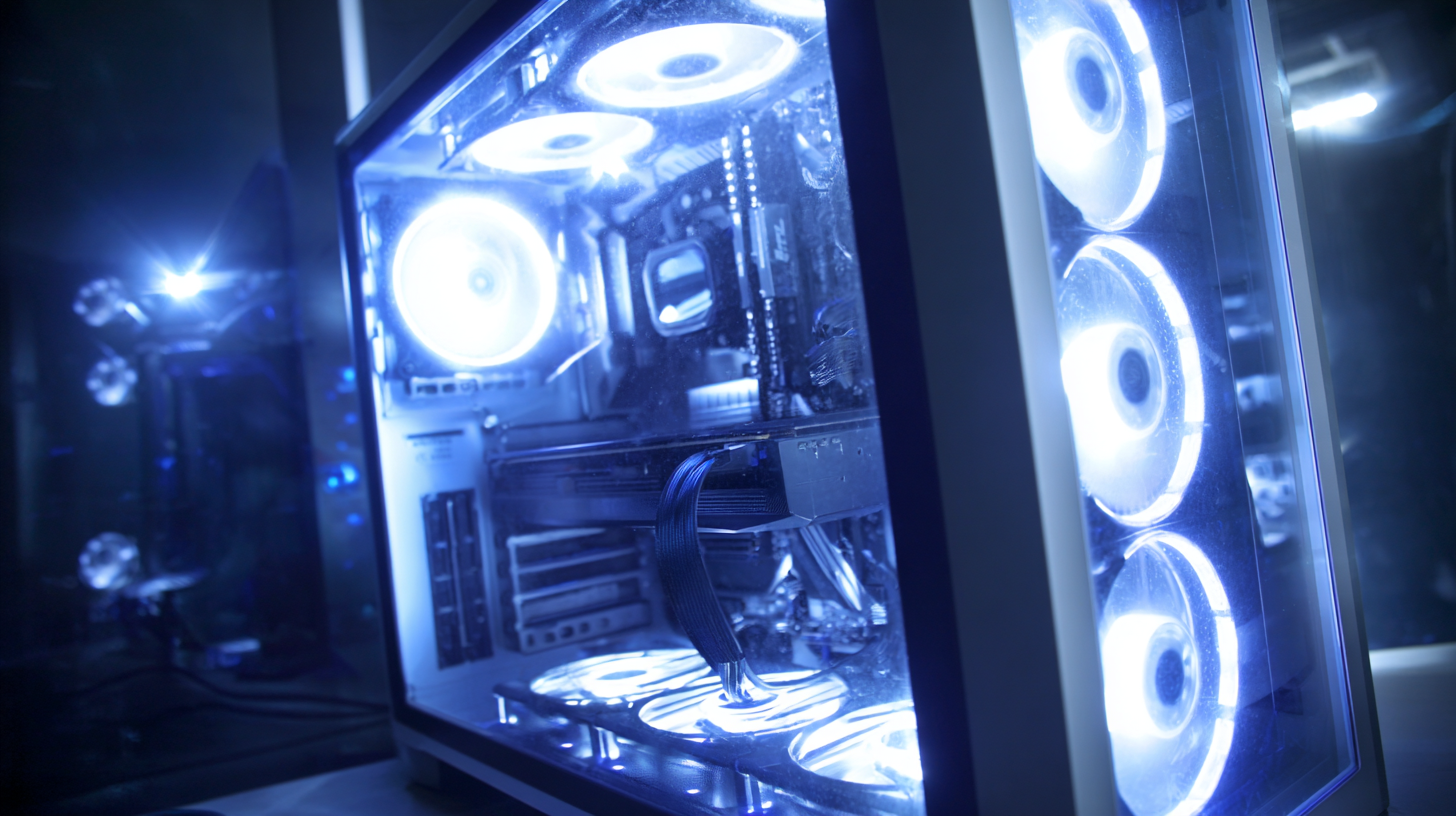
Aside from aesthetics, thermal performance is a vital aspect that cannot be overlooked. The choice of material affects heat dissipation; for instance, steel cases typically provide better insulation but may trap heat more effectively than aluminum options. Moreover, cases designed with mesh panels enhance airflow, allowing for better cooling of components. It’s important to evaluate designs that promote optimal airflow while keeping noise levels in check. Understanding how material choices influence both the look and functionality of your PC can guide you in selecting a case that not only houses your components securely but also enhances your overall user experience.
When selecting a computer case, one of the primary considerations is the cooling system, which directly influences the longevity and performance of your hardware. According to a report by Frost & Sullivan, optimal cooling can enhance component lifespan by up to 30%. Effective airflow management starts with a case designed for ventilation, featuring ample fan mounts and optimized airflow pathways. Look for cases that support multiple cooling fan configurations or even liquid cooling solutions if you’re planning on overclocking.
**Tip:** Always check the airflow specification of the case. Measures like Airflow Efficiency Ratio (AFER) can help determine how effectively a case can dissipate heat. It’s essential to choose a case with positive pressure balance to minimize dust intake while maximizing cooling.
Additionally, consider expansion options for future upgrades. A case that supports larger GPUs and additional hard drives can save you the hassle of needing a new enclosure sooner than expected. According to TechRadar, gamers often overlook size constraints, leading to compatibility issues. Ensure your chosen case can accommodate the latest components without restricting airflow.
**Tip:** Prioritize cases with a modular design; this allows for easier upgrades and improved airflow as you can remove unnecessary components, further enhancing your cooling capabilities.
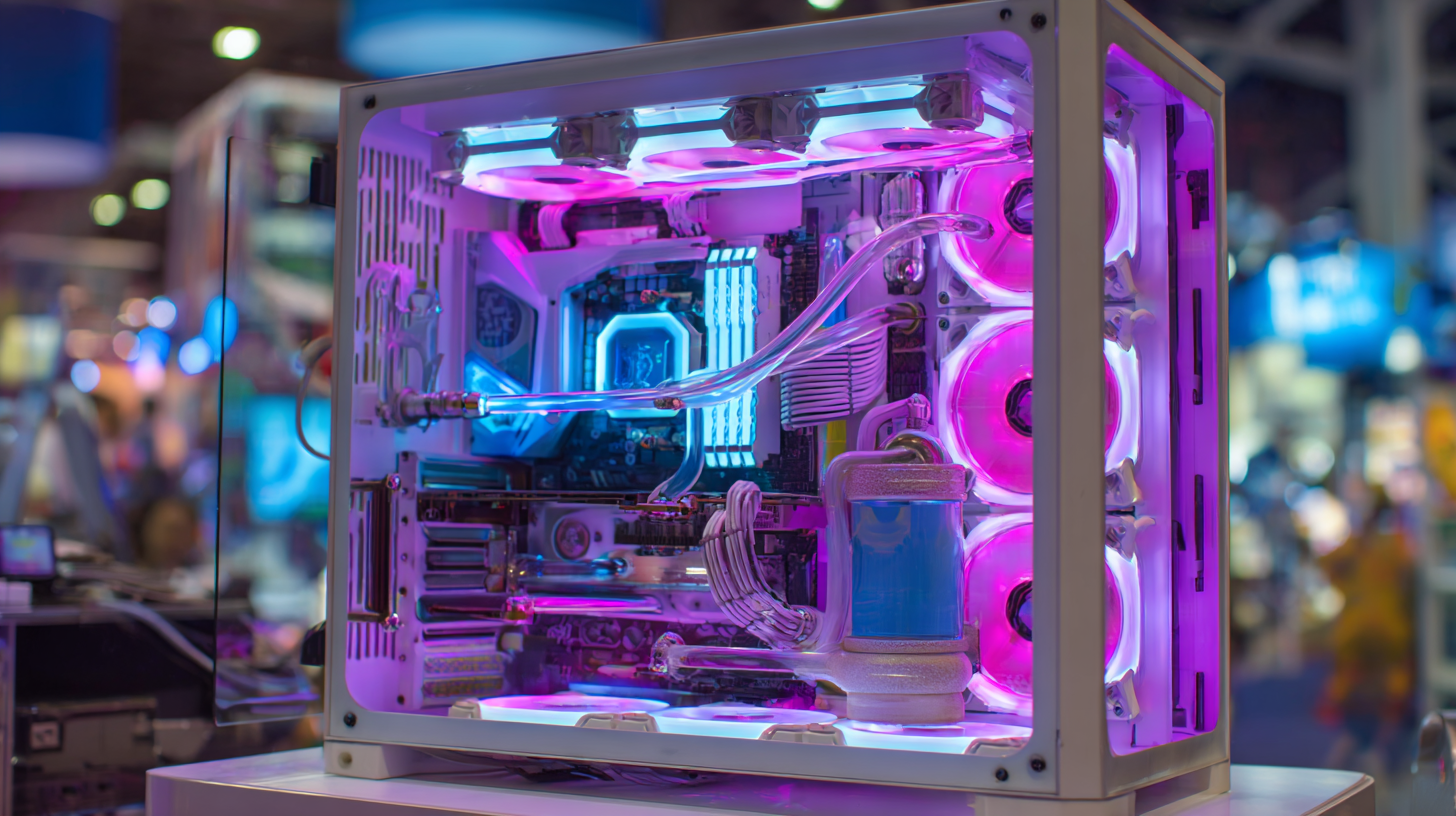
When selecting a computer case, one of the most critical factors to consider is its compatibility with future components. As technology rapidly evolves, ensuring that your case can accommodate the latest motherboards, graphics cards, and cooling solutions is essential. Opt for a case that supports a wide range of form factors, including ATX, Micro-ATX, and Mini-ITX, which allows you to switch out components without the need to purchase a new case. Moreover, look for features like modular drive bays and adjustable cooling mounts that can adapt to the ever-changing landscape of hardware specifications.
Upgradability is equally important in future-proofing your build. Choosing a case with ample space and thoughtful design can significantly simplify the process of swapping or enhancing your components over time. Ensure there's enough clearance for high-end GPU models and multiple storage drives. Features such as cable management options and tool-less installation can also make upgrades smoother and less stressful. Prioritizing these considerations not only enhances the longevity of your setup but also ensures that you can easily integrate new advancements into your gaming or professional rig.
When searching for the perfect computer case, budget considerations play a crucial role in ensuring you get the best value without compromising on quality. It's essential to recognize that a higher price tag doesn't always equate to better performance or features. Instead, focusing on specific requirements and value can lead to a more satisfactory purchase.
**Tip 1: Set a Budget Range**
Begin by establishing a clear budget range that aligns with your needs. This helps narrow down options and prevents overspending. Research popular case brands within your range; often, lesser-known brands offer great quality at competitive prices.
**Tip 2: Assess Features vs. Cost**
Compare different computer cases while keeping an eye on essential features such as airflow, cable management, and build quality. Sometimes, you can find cases with premium features at mid-range prices during sales. Look for reviews to gauge overall user satisfaction and quality assurance.
**Tip 3: Consider Future Upgrades**
Lastly, think ahead about potential upgrades. Investing a bit more in a case that supports larger graphics cards or additional cooling options can save you money in the long run. Opt for a case known for longevity, which often leads to a better overall value.
